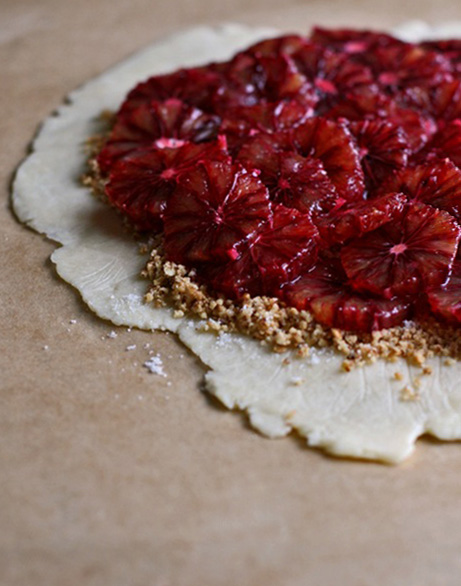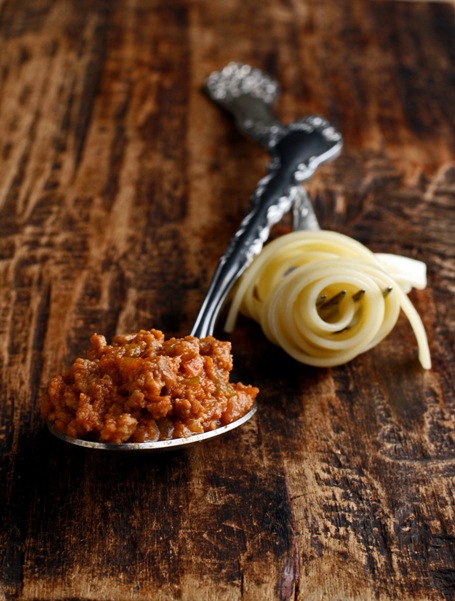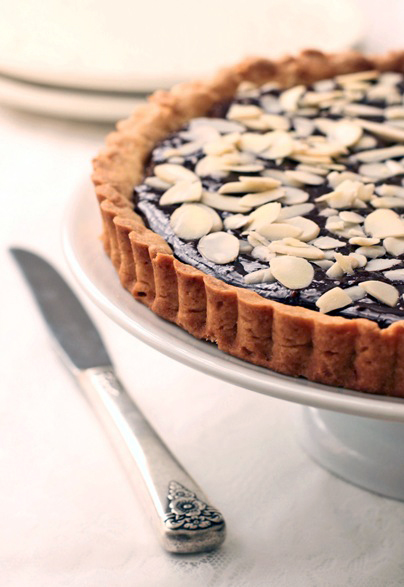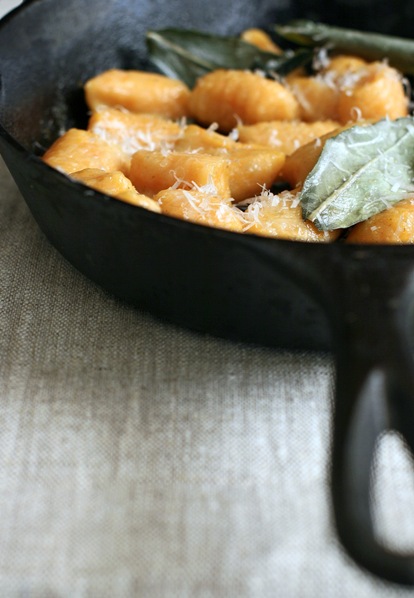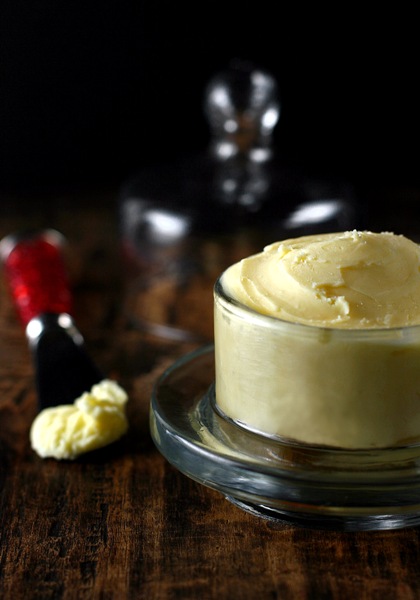
And let's give Caesar what belongs to Caesar: a couple of anchovies, garlic, Parmigiano cheese, one egg, lemon, and olive oil. And Caesar from his blender pulls us out one of the most popular, most imitated, and - sadly - most misused salads throughout California, and beyond. For me it's been a true revelation, it won me over more or less as soon as I passed through immigration control, and to this day I think I'm one of its biggest fan. Possible? Oh yes:

Caesar Salad is so California, but - hear ye! - the inventor is a guy named Cesare Cardini, who was born in Italy and then immigrated to the U.S. early last century. Cesare (now known as Caesar) opened a restaurant in San Diego and one in Tijuana, Mexico, and it is said that on the evening of July 4th, 1924, tragically finding himself with an empty pantry, he decided to improvise and offer his guests the famous Chef's Special. Old bread, eggs, oil, Parmigiano cheese and lemon. Who doesn't have these ingredients readily available in their kitchen? Caesar simply combined them as best as he could, and yet what came out of his hands was a real treat. I wonder why I can never think of something that brilliant.
For the record I must say that the original recipe, the one from July 4th, 1924, had no anchovies. I'd also like to add that when I found that out, the bottom almost fell out of my world. Based on the original version, the taste of anchovy should only come from the Worcestershire sauce (which contains anchovies in its ingredients), but obviously over the years some daring chef wanted to horn in on the Caesar Salad's race to success, and decided to add some real anchovy fillets to the dressing.
Thus today the Caesar Salad Fan Club is split in two: those who Anchovies? No thanks, and those who simply can't live without. I belong to the second group.
Dear Caesar, I apologize.
For the dressing
egg 1
lemon juice 3 tablespoons
oil packed anchovy fillets 1-2 (depending on their size)
garlic 2 cloves
extra virgin olive oil 1/4 cup
Worcestershire sauce 1/2 teaspoon plus few more drops, to taste
grated Parmigiano cheese 3 tablespoons
salt, pepper to taste
For the croutons
day old country bread one large piece
olive oil, garlic
For the salad
hearts of romaine 3-4
Parmigiano cheese flakes, freshly ground black pepper
egg 1
lemon juice 3 tablespoons
oil packed anchovy fillets 1-2 (depending on their size)
garlic 2 cloves
extra virgin olive oil 1/4 cup
Worcestershire sauce 1/2 teaspoon plus few more drops, to taste
grated Parmigiano cheese 3 tablespoons
salt, pepper to taste
For the croutons
day old country bread one large piece
olive oil, garlic
For the salad
hearts of romaine 3-4
Parmigiano cheese flakes, freshly ground black pepper
First, prepare the croutons. Cut the bread in more or less regular cubes, arrange them on a baking tray and toast them in the oven at 350 for 10-15 minutes, stirring occasionally until they're slightly browned on all sides. Allow them to cool down. Crash one garlic clove and work it with a pinch of salt and a little olive oil until you have a smooth paste. Heat it up in a pan with another tablespoon of olive oil, add croutons and let them season on all sides. Alternatively, you can also toss the croutons with garlic, olive oil and salt before toasting them in the oven and skip the second step of the pan. But since croutons may be kept for long time in a tin box, I'd rather have a stock of unseasoned ones, in order to use them in different ways.
For the dressing, cook the egg for one minute in boiling water and cool it immediately under cold water. Break it in a mixer bowl, add the anchovies, garlic, lemon juice, Worcestershire sauce, Parmigiano cheese, olive oil, salt and pepper. Blend until the dressing becomes creamy and smooth. Taste it and adjust the seasoning accordingly (easier said than done, I have to tell the truth. Although it's very simple to make, the problem of Caesar Salad dressing is finding the right balance between the ingredients; it must not taste too much of anchovy nor too much of lemon; the egg and the cheese are used to give creaminess, and the olive oil should not predominate over everything else. It's a very vague description, I admit... but, come on, at least I tried!).
To compose the salad according to Caesar's dictates, you should use only the crispy hearts of romaine lettuce, discarding the outer leaves and all the darker parts (but don't throw them away; maybe just use them for a less fundamentalist version of the Caesar Salad). Another rule would be to present the leaves whole on the plate, although to this day I know only two places where they do so, here and here (not by chance they compete for the title of Best Caesar Salad in San Francisco). It is also said that at Caesar's one would eat the salad with their hands, leaf by leaf. Yum .... I like that! In any case, whole or chopped, just toss the lettuce with the dressing, add some croutons, and sprinkle it with Parmigiano flakes and freshly ground black pepper.
If you want to join the Fan Club, give a whistle.

"This isn't the real Caesar Palace, is it?"
"What do you mean?"
"Did...ehm...did Caesar live here?"
"Ehm...no!"
"I didn't think so!"
(Z. Galifianakis, talking about the famous casino in Vegas, The Hangover, 2009)
P.S: The quote has little to do with the post (just like the anchovies with the Caesar Salad), but the joke made me laugh so hard I had to take this opportunity to remind you of it :)










